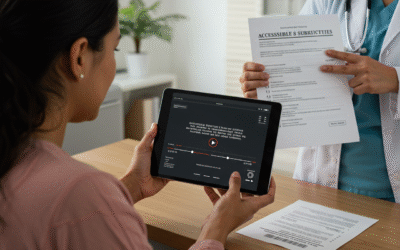Cultural competence enhances the impact of your medical content and strengthens healthcare communication on a global scale.
In today’s multicultural world, accurate translation is not enough. Cultural competence is essential to ensure that medical content is fully understood and well received by diverse audiences. Is your medical content culturally competent?
Without cultural adaptation, medical messages may be misunderstood, mistrusted, or even ignored. This can directly affect treatment adherence and public health outcomes.
What Is Cultural Competence in Medical Content?
Cultural competence refers to the ability to adapt medical communication to be respectful and appropriate for different cultural contexts. This includes language, tone, imagery, examples, and even the distribution method.
Culturally competent content is inclusive, clear, and relevant. It helps remove barriers to healthcare, particularly for underrepresented or multilingual communities.
How to Measure Cultural Competence in Your Content
- Clear and suitable language
Does the text avoid jargon? Is the tone appropriate for the intended audience? - Diverse visual representation
Do the images reflect cultural diversity? Do they avoid stereotypes? - Local context adaptation
Are examples, references, and units of measurement localized? - User testing with target audiences
Has the content been validated by individuals from the intended demographic? - Regulatory compliance
Does the content follow local health and cultural regulations?
How to Improve Cultural Competence
- Work with medical translators familiar with the local culture.
- Include native reviewers for naturalness and relevance.
- Continuously evaluate content effectiveness across regions.
- Gather feedback from patients and healthcare professionals.
Conclusion
Culturally competent medical content fosters better understanding, promotes health equity, and builds patient trust. At SumaLatam, we ensure your messages are accurate, relevant, and culturally appropriate—no matter the language or location.





